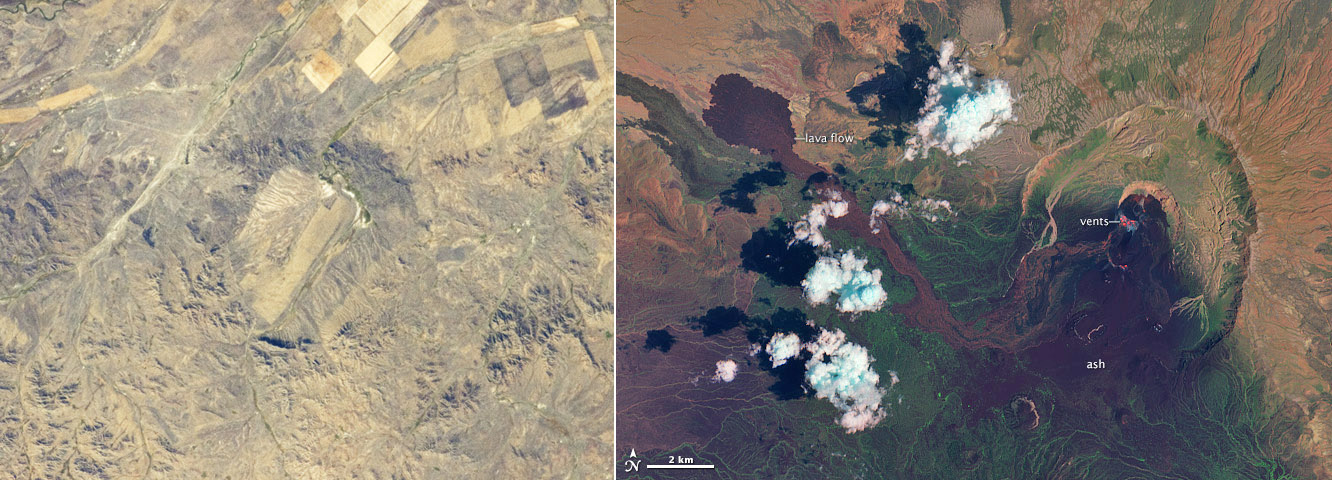Difference between revisions of "October 6, 2011"
| Line 1: | Line 1: | ||
__NOTOC__ | __NOTOC__ | ||
=The Two Fundamental Processes= | =The Two Fundamental Processes= | ||
| − | |||
<!-- ws:start:WikiTextHeadingRule:0:<h1> --> | <!-- ws:start:WikiTextHeadingRule:0:<h1> --> | ||
<!-- ws:start:WikiTextLocalImageRule:6:<img src="/file/view/LPOD-Oct6-11.jpg/261992218/LPOD-Oct6-11.jpg" alt="" title="" /> -->[[File:LPOD-Oct6-11.jpg|LPOD-Oct6-11.jpg]]<!-- ws:end:WikiTextLocalImageRule:6 --><br /> | <!-- ws:start:WikiTextLocalImageRule:6:<img src="/file/view/LPOD-Oct6-11.jpg/261992218/LPOD-Oct6-11.jpg" alt="" title="" /> -->[[File:LPOD-Oct6-11.jpg|LPOD-Oct6-11.jpg]]<!-- ws:end:WikiTextLocalImageRule:6 --><br /> | ||
| − | <em>images from [http://earthobservatory.nasa.gov/IOTD/view.php?id=52323 NASA Earth Observatory]</em><br /> | + | <em>images from [http://earthobservatory.nasa.gov/IOTD/view.php?id=52323" rel="nofollow NASA Earth Observatory]</em><br /> |
<br /> | <br /> | ||
The solar system has 8 planets, more than a hundred moons, tens of thousands of asteroids, billions of comets and trillions of pieces of space dust.<br /> | The solar system has 8 planets, more than a hundred moons, tens of thousands of asteroids, billions of comets and trillions of pieces of space dust.<br /> | ||
| Line 17: | Line 16: | ||
being discovered that formed since Apollo.<br /> | being discovered that formed since Apollo.<br /> | ||
<br /> | <br /> | ||
| − | <em>[mailto:tychocrater@yahoo.com Chuck Wood]</em><br /> | + | <em>[mailto:tychocrater@yahoo.com" rel="nofollow Chuck Wood]</em><br /> |
<em>I've used MacIntoshs, iPhones and iPads since they each came out. They allowed me to do what I wanted to do, without getting in my way. And</em> <em>each</em><br /> | <em>I've used MacIntoshs, iPhones and iPads since they each came out. They allowed me to do what I wanted to do, without getting in my way. And</em> <em>each</em><br /> | ||
| − | <em>has been awesome to see and touch, and insanely great. I thank [http://boingboing.net/ Steve Jobs], the genius who made it all possible, for having made my life better.</em><br /> | + | <em>has been awesome to see and touch, and insanely great. I thank [http://boingboing.net/" rel="nofollow Steve Jobs], the genius who made it all possible, for having made my life better.</em><br /> |
<br /> | <br /> | ||
<hr /> | <hr /> | ||
Revision as of 22:22, 4 January 2015
The Two Fundamental Processes

images from " rel="nofollow NASA Earth Observatory
The solar system has 8 planets, more than a hundred moons, tens of thousands of asteroids, billions of comets and trillions of pieces of space dust.
All were created and/or modified by impact collisions, and all of the hard bits larger than a few hundred kilometers have been modified by volcanism.
Here, from the Earth Observatory, are examples of these two most fundamental processes. On the right is the currently erupting Nabro caldera in
Ethiopia - it is about 7 km in diameter. Dark ash has been blown to the south and west, the pinkish lava flow was erupted in June and in this false
color IR image the pink is due to heat still escaping as the flow cools. The bright red indicates a currently erupting flow, perhaps in a lava lake. The
other image is of a barely recognizeable circle - the 8 km wide Bigach impact crater in Kazakhstan. On Earth, impact craters are typically much harder
to identify than volcanoes. That is because impact craters don't form very often - Bigach is a young one having impacted 5 million years ago. Nabro,
obviously, is still forming. On the Moon, volcanism slowed down a lot about 2.5 b.y. ago and stopped a billion years ago, but impact cratering continues
at a slow pace. Earth's atmosphere destroys projectiles that form craters smaller than a few hundred meters, but on the Moon, small craters are now
being discovered that formed since Apollo.
" rel="nofollow Chuck Wood
I've used MacIntoshs, iPhones and iPads since they each came out. They allowed me to do what I wanted to do, without getting in my way. And each
has been awesome to see and touch, and insanely great. I thank " rel="nofollow Steve Jobs, the genius who made it all possible, for having made my life better.



